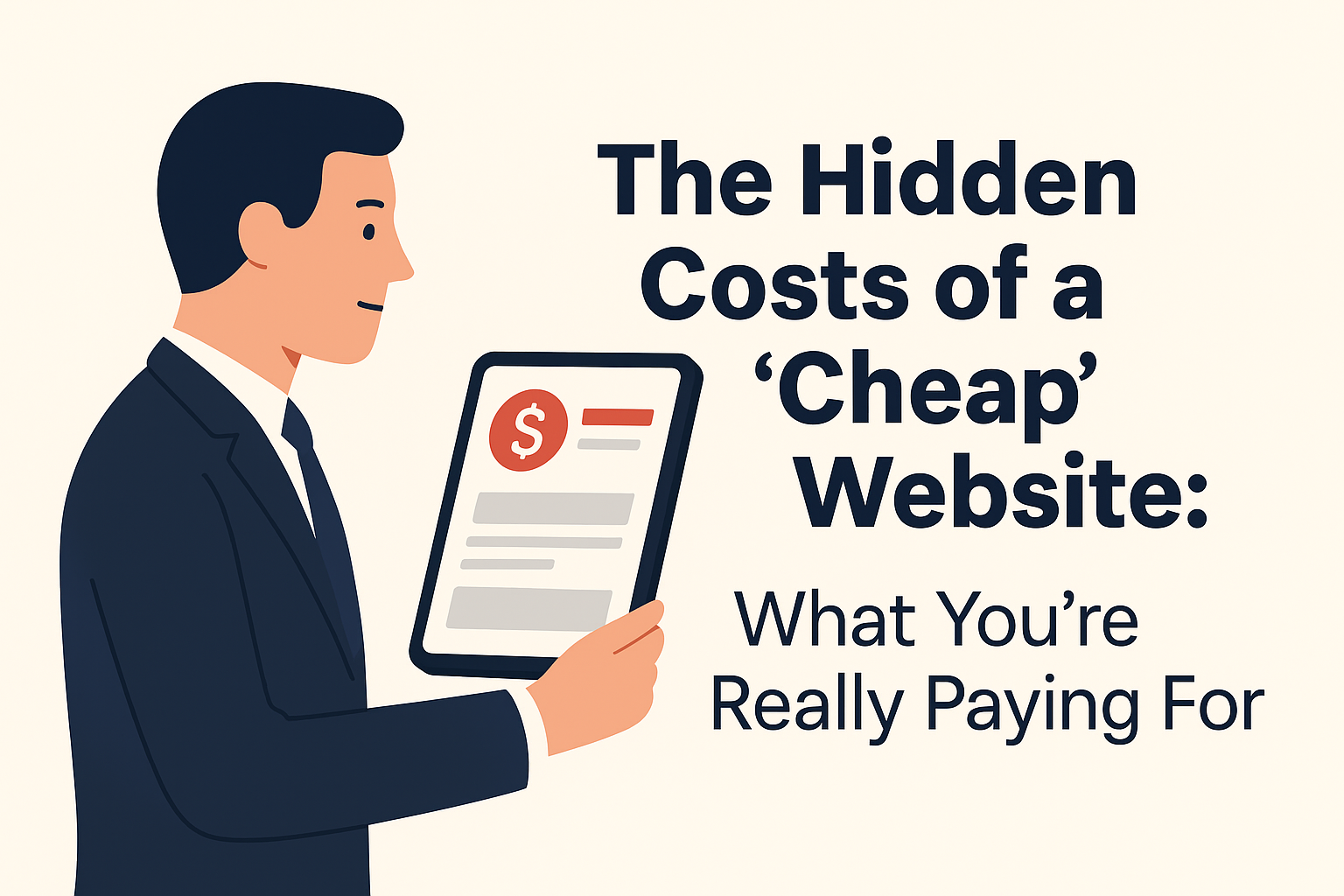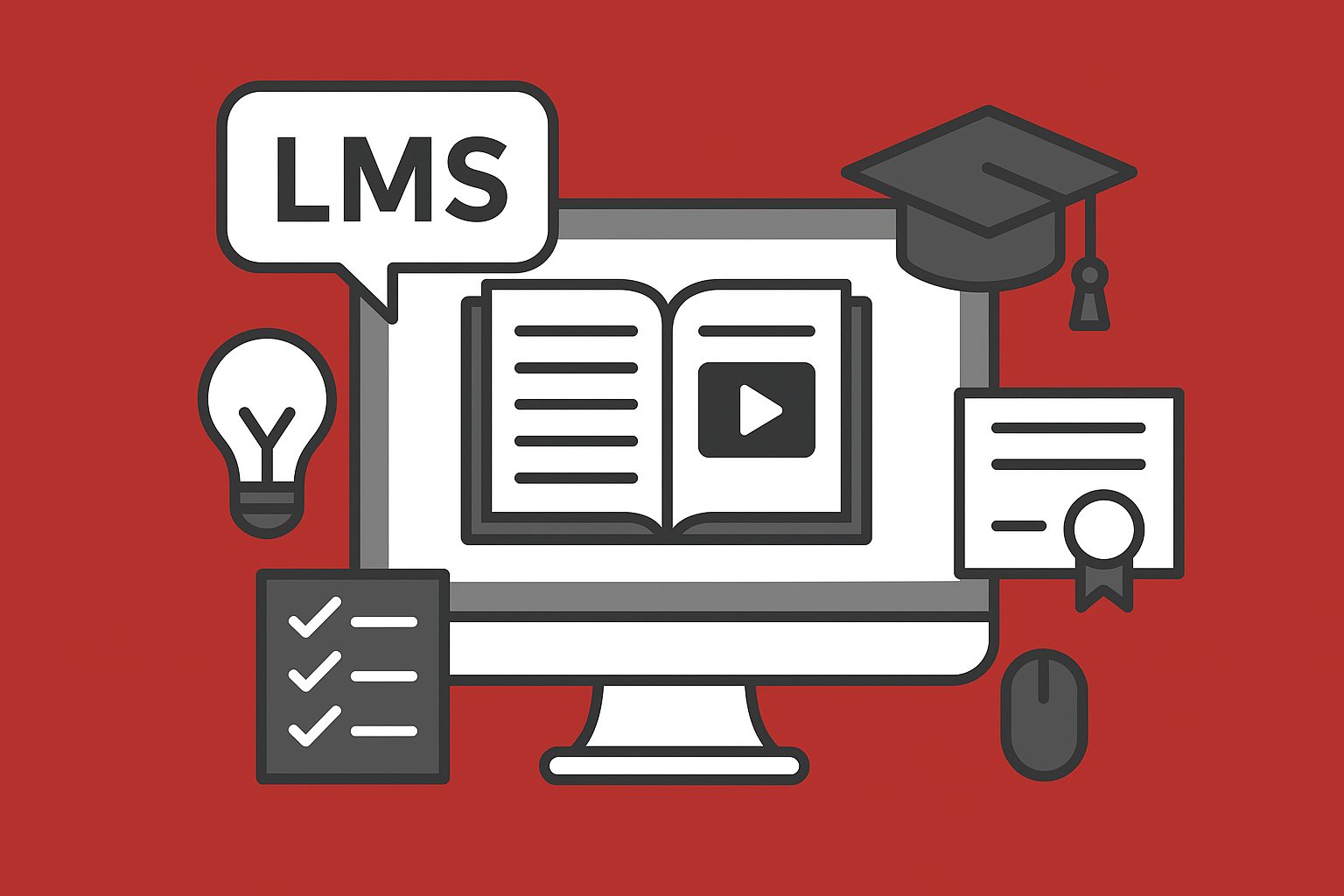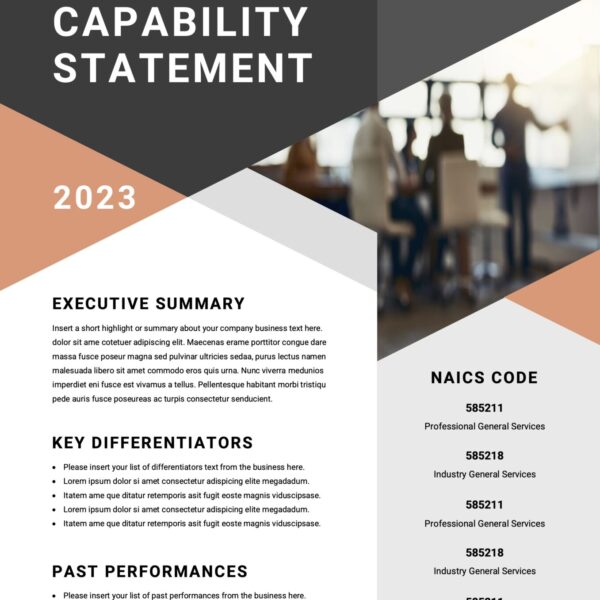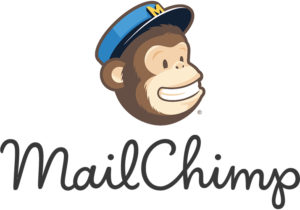
The Hidden Costs of Cheap Websites
A $500 website might look like a deal, but cheap web design comes with hidden costs—lost leads, weak SEO, security risks, and expensive rebuilds. Learn what you’re really paying for and why investing in a professional site saves money long-term.

Mobile-First Design Isn’t Optional Anymore: What Your Site Needs to Work on Any Device
Over 60% of web traffic now comes from mobile devices, making mobile-first design essential for every business website. A mobile-first approach ensures your site loads fast, looks great on any screen, and delivers a seamless experience that keeps visitors engaged and improves your Google rankings.

Design Theory: Your Partner for Custom LMS Solutions
We create custom LMS platforms tailored to your brand, audience, and goals – whether you need full-length courses or quick, engaging modules to capture leads.

Learning Management Systems: More Than Just Courses
These smaller learning experiences are not just educational – they are self-contained strategic tools to generate leads, nurture prospects, and grow your business.



